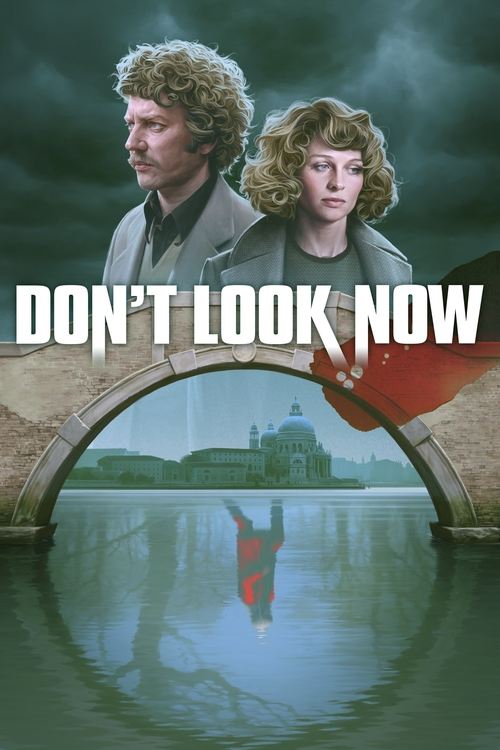
Title: Don't Look Now
Year: 1973
Director: Nicolas Roeg
Writer: Allan Scott
Cast: Julie Christie (Laura Baxter), Donald Sutherland (John Baxter), Hilary Mason (Heather), Massimo Serato (Bishop Barbarrigo), Clelia Matania (Wendy),
Runtime: 110 min.
Synopsis: While grieving a terrible loss, a married couple meet two mysterious sisters, one of whom gives them a message sent from the afterlife.
Rating: 6.923/10